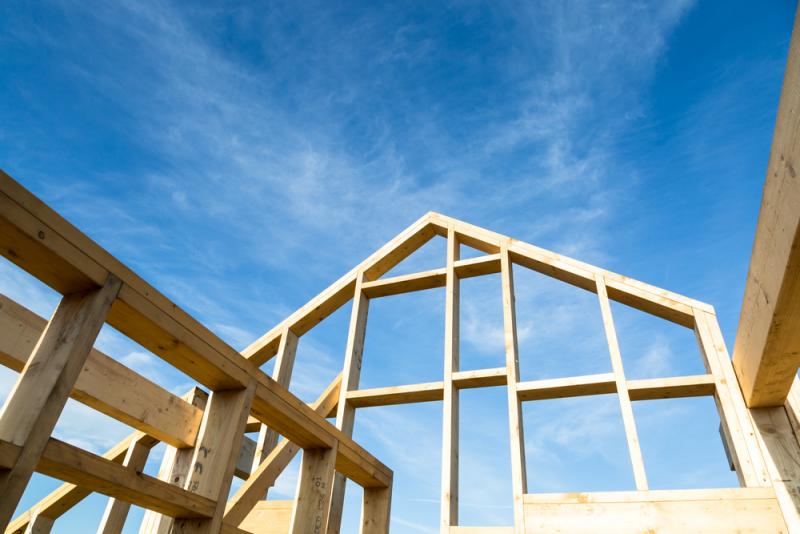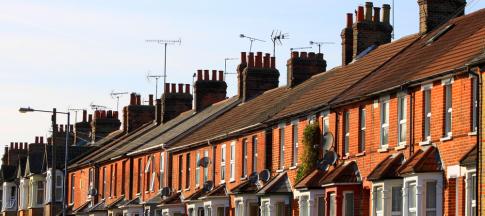
For some homeowners, insuring your property can raise a lot of questions, particularly those who own structures made from timber frames.
We discuss everything to do with timber-framed houses, as well as what insurance you need.
What are the benefits of a timber-framed home?
Buildings made from timber frames are becoming more popular in the UK, particularly in rural areas.
Some of the benefits include:
- Durability - as long as they're constructed and maintained properly
- They're relatively cheap and quick to construct - many timber frames are formed in factories as kits and brought to site for immediate construction
- Eco-friendly - the materials are often sustainably sourced
- Energy-efficient - they can save you a lot on central heating, as timber structures heat up and cool down quicker than brickwork
Due to timber framed homes having a quicker turnaround for construction and relatively low cost, they're now being considered as a solution to the UK’s growing housing crisis.
What are the risks of owning a timber-framed home?
There are a few downsides to owning a timber-framed home too, including:
- Fire risk - due to the fast-burning materials, homeowners need to be more vigilant to prevent house fires
- Condensation - while timber is great for rapid insulation, it can also retain moisture and be at risk of condensation
- Rot and cracks - condensation can then lead to problems like rot and cracks, which could damage the timber
- Lack of noise insulation - noise travels a lot further around the house and from the outside world.
But, there are plenty of solutions to help deal with these problems:
- Cladding and fascia boards can be applied to timber to protect the wood from extreme moisture and heat.
- To avoid excess condensation, most companies install a vapour check - foil-based plasterboard between the lining of any inside wall and insulation material to prevent vapour from passing through the timber.
- Make sure you regularly check the wood, getting expert help with treating dry rot when needed.
- Consider sound absorbent walls.
How will owning a timber home affect my home insurance policy?
Generally speaking, a house made from timber is just as durable as one made from brick, but homes built from timber frames are still classed as non-standard properties by a lot of of insurance providers.
Most recommended insurers, including us, have expertise in the field of non-standard properties and timber frames, and will be able to advise on the right policy for you, making sure it covers the structure as well as the contents of your home.
Find out about the history of your home and gather as much information as you can before you get a quote for non-standard home insurance.
The higher risk of damage by fire or flooding in timber structures may affect your premium. Different standards of timber construction can also have an impact.


